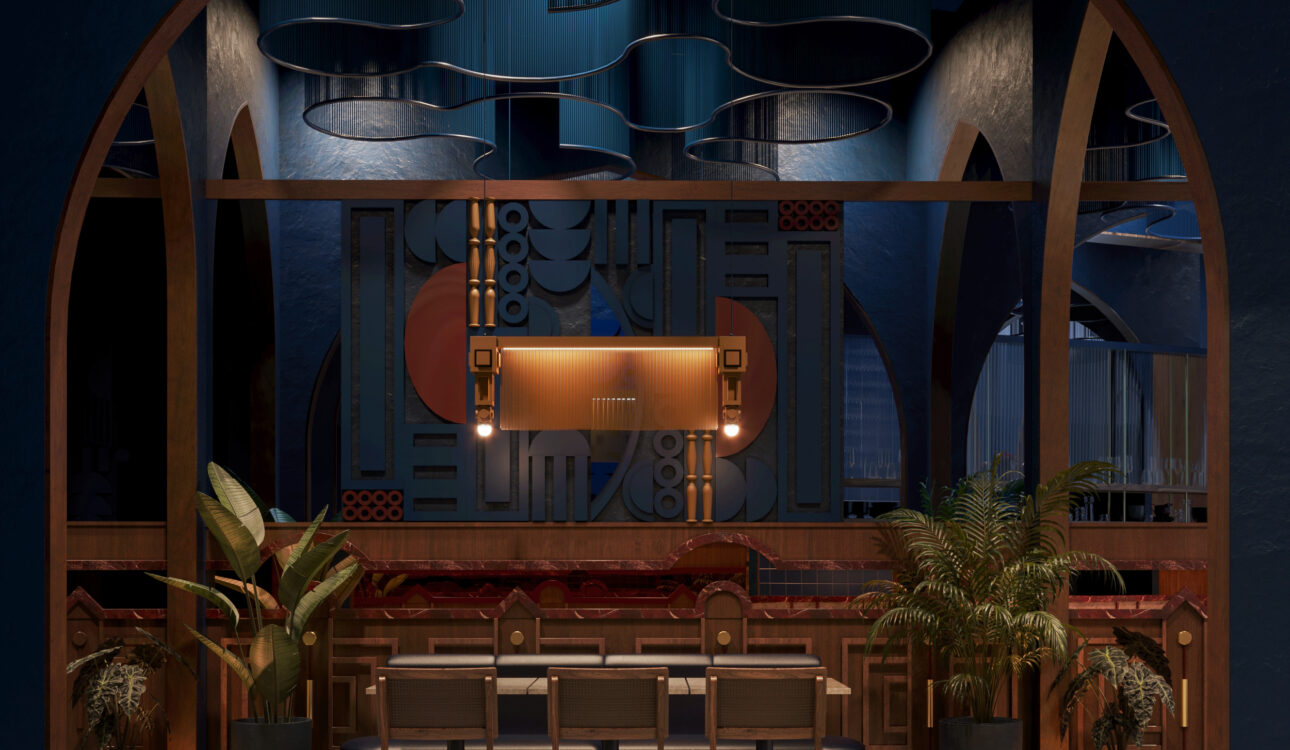Introduction
In today’s competitive world of interior fit-out, the choice of having in-house joinery and MEP (Mechanical, Electrical, and Plumbing) services has become a game-changer. Integrating these services under one roof has numerous advantages, from quality control to efficient project management and enhanced cost savings. This article will cover these benefits in detail, providing valuable insights into why in-house joinery and MEP are essential for successful interior fit-out projects.
What is In-House Joinery?
In-house joinery involves crafting custom woodwork, cabinetry, and built-in furniture within the same organization that manages the fit-out project. By overseeing design, material sourcing, and assembly in-house, companies ensure quality, speed, and seamless integration within a project’s overall design aesthetic.
Benefits of In-House Joinery
- Customization and Flexibility
With in-house joinery, fit-out companies can create unique, custom pieces tailored to specific client requirements. It allows for design adjustments to be made on-the-fly, offering immense flexibility. - Quality Control
By managing production in-house, companies can maintain strict quality standards. In-house teams can closely inspect every stage, from material selection to final assembly. - Time and Cost Efficiency
Eliminating third-party delays, in-house joinery reduces lead times. Without outsourcing, transportation costs and coordination issues diminish, making it a cost-effective choice.
Key Processes in In-House Joinery
- Design and Material Selection: Working directly with clients to choose materials and finalize designs.
- Manufacturing: The production team fabricates each piece with precision, minimizing rework and ensuring accuracy.
- Installation: Seamlessly integrating joinery elements into the overall fit-out project, optimizing spatial layouts.
What is In-House MEP (Mechanical, Electrical, and Plumbing)?
MEP refers to the integration of mechanical systems, electrical wiring, and plumbing installations within a building. Having MEP services in-house enhances efficiency, coordination, and quality in the fit-out process.
Benefits of In-House MEP Services
- Cost Savings
By managing MEP internally, fit-out companies can reduce costs significantly. In-house teams eliminate third-party contractor fees and can source materials directly, lowering expenses. - Faster Completion
In-house MEP specialists streamline workflows, ensuring a faster project turnaround. They work in close coordination with other departments, minimizing delays. - Enhanced Communication and Coordination
Internal MEP teams interact directly with the joinery and design teams, fostering collaboration and reducing miscommunication. This alignment results in more cohesive project outcomes.
Improved Quality Control with In-House Joinery and MEP
Maintaining high-quality standards is critical in interior fit-out projects. With in-house joinery and MEP, quality checks are conducted at every stage, from design to installation, ensuring the finished product meets client expectations.
Streamlined Project Management
In-house teams allow for better project oversight, enabling smooth integration between various aspects of the fit-out. This leads to improved workflow management and faster project completion, as the team can address any issues immediately.
Efficient Communication and Collaboration
Internal teams simplify communication, enabling rapid feedback and problem resolution. In-house joinery and MEP professionals can discuss issues directly, reducing errors that often arise from outsourced processes.
Cost Efficiency of In-House Joinery and MEP
Outsourcing can incur extra costs due to logistics, third-party markups, and added coordination efforts. In-house joinery and MEP streamline these processes, making budgeting easier and keeping expenses low.
Faster Project Completion
With in-house teams, there’s a direct line of command and an inherent understanding of project timelines. This alignment of goals ensures that each phase of the fit-out flows smoothly, reducing the risk of delays.
Flexibility and Adaptability in Design and Installation
In-house teams offer flexibility in handling design changes, whether due to client input or unforeseen challenges. Adjustments can be made quickly and efficiently, ensuring projects remain on track.
Case Studies of Successful Projects Using In-House Joinery and MEP
Many top interior fit-out companies have witnessed remarkable success by incorporating in-house joinery and MEP. These companies report higher client satisfaction, reduced project timelines, and increased quality levels. Real-world examples further highlight how in-house services benefit complex projects.
Potential Challenges and Solutions for In-House Joinery and MEP
While in-house joinery and MEP have many benefits, challenges such as initial setup costs and space requirements exist. However, these can be mitigated through effective planning and management strategies, ensuring long-term cost efficiency and project control.
Frequently Asked Questions (FAQs)
Q: What are the benefits of in-house joinery?
A: In-house joinery allows for customized designs, better quality control, and cost savings by eliminating the need for third-party contractors.
Q: How does in-house MEP improve cost savings?
A: In-house MEP reduces contractor fees and improves efficiency, saving time and money.
Q: Are in-house services more efficient than outsourced options?
A: Yes, in-house services streamline communication, reduce errors, and improve workflow.
Q: What makes in-house joinery and MEP better for quality control?
A: Direct oversight and internal inspections ensure every piece meets high standards without external delays.
Q: How does in-house MEP enhance project timelines?
A: With direct access to the project timeline, in-house MEP teams can align their schedules closely with other fit-out departments, reducing wait times.
Q: Can in-house teams handle larger projects?
A: Yes, in-house teams are adaptable, often scaling to handle larger, complex projects with efficient management and resource allocation.
Conclusion
In-house joinery and MEP bring numerous benefits to interior fit-out projects, including better quality, efficiency, and cost savings. As the industry evolves, more companies are expected to adopt in-house solutions, making this approach a preferred standard for successful fit-out projects.






